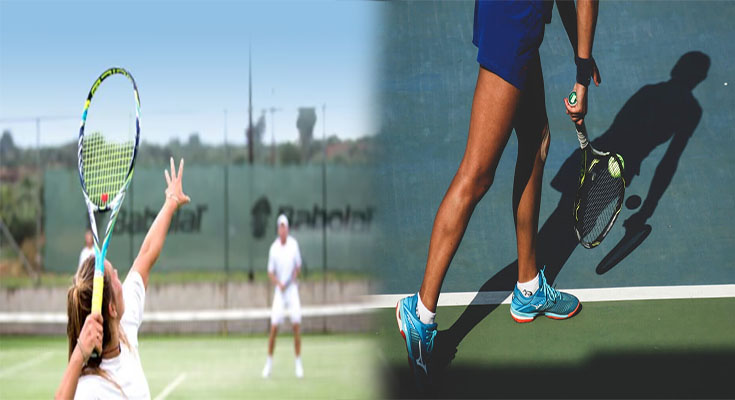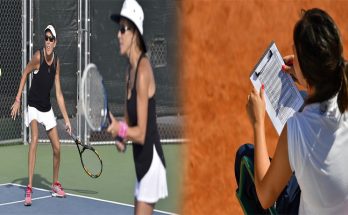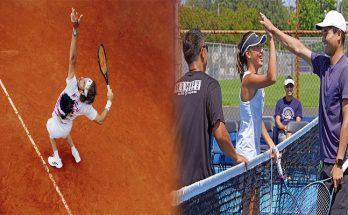Serving is a fundamental aspect of lawn tennis that can often make a significant difference in the outcome of a match. To ensure fairness and maintain the integrity of the game, strict rules are in place governing how serves must be executed. Here are some of the key rules players must adhere to when serving in a lawn tennis match:
Service Box:
The server must stand behind the baseline and within the boundaries of the singles or doubles service box before initiating the serve. Failure to do so can result in a fault being called.
Alternating Sides:
Players must alternate the sides from which they serve after each game. This ensures that both players have an equal opportunity to serve from both ends of the court.
Number of Attempts:
Players are allowed two attempts to serve the ball into the service box. If both attempts result in faults, it is considered a double fault, and the opponent is awarded a point.
Foot Faults:
The server must not touch the baseline or the court with their feet while serving. A foot fault can result in the serve being called out.
Ball Toss:
The server must toss the ball into the air and hit it before it touches the ground. The height of the toss must be sufficient to allow the server to strike the ball comfortably.
Ball Placement:
The ball must land within the opponent’s service court diagonally opposite from where the server is standing. If the ball lands outside the service box, it is considered a fault.
Let Serves:
If the ball hits the net and lands in the correct service box, it is called a let serve, and the server is allowed to retake the serve without any penalties.
Time Limit:
Players are required to serve within a reasonable amount of time. If a player delays excessively between points, the umpire may penalize them with a time violation.
By understanding and following these rules for serving in lawn tennis matches, players can ensure fair play and maintain the competitive spirit of the game. Mastering the art of serving can give players a strategic advantage and help them control the pace of the match.





